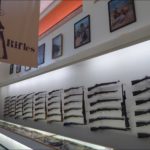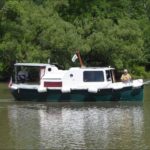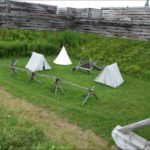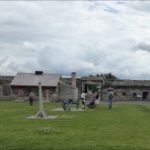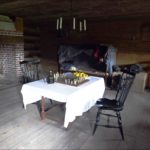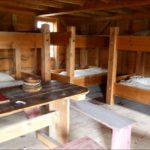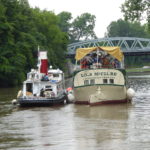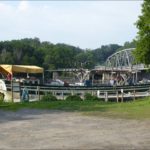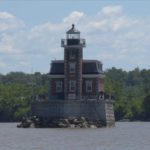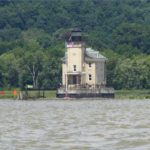July 17 , 2017 Monday
Today we visited the Remington Arms museum, which is part of the original E. Remington Company in Ilion, NY. It has a nice selection of the rifles, pistols, art work, and other products made during the early history of the company. Before 9-11 you were able to tour the plant to see how arms were made, but now, in lieu of a tour, you can watch videos to see the process of arms making and to learn the history of the company.
At 23, Eliphalet Remington hand-made a flintlock rifle that he used in a shooting match, although he came in second, his gun so impressed other shooters that many of them requested a rifle of the same quality be made for them. That was the beginning of what would become E. Remington Company. By 1861, Remington had established itself as a premier firearm manufacturer and received many government contracts to supply arms for the civil war. After the Civil War, without government contracts, the company struggled to survive. It was during that time they turned to the manufacturing of other products such as; bridges, bicycles, typewriters, and other various items, some of which can be viewed at the museum.
Our original plan was to visit the museum and then continue on the canal, but it seems that Mother Nature has decided to make this an unusually wet summer which translates into an unusual amount of debris in the canal. The boats coming into the marina were recommending not going, we took their advice and stayed another night at the marina.











